
- 0 Comments
- PRMA Plastic Surgery
What is breast cancer recurrence?
Even after treatment, it is possible for breast cancer to return. This is referred to as a “recurrence.” Although the goal of treatment (whether it be surgery, chemotherapy, radiation, or a combination of the three) is to eliminate all cancer cells, it is possible for some cells to remain and eventually multiply to become a recurrent breast cancer. When the recurrence is at or near the original location of the tumor, this is called a local-recurrence. When the cancer presents at a distant site, that is termed a metastasis. Metastasis can occur anywhere throughout the body, but most commonly occurs in the bones, lungs, liver, or brain. The risk of breast cancer recurrence can vary from person to person. The type of breast cancer, lymph node involvement, and individual’s genetic makeup are just some of the many factors that can impact the overall risk of recurrence. It is important to discuss your individual recurrence risk with your medical team to ensure you make the best treatment decisions for you.
Can recurrence happen after a mastectomy?
During a mastectomy, the breast surgeon removes as much of the breast tissue as possible. However, removing 100% of breast tissue is never possible and small amounts of breast tissue may can remain on the chest wall or under the nipple (during nipple-sparing mastectomy). Patients undergoing a mastectomy can greatly reduce their risk of a local recurrence, but even after a mastectomy, breast cancer can still return. The recurrence can appear locally (in the remaining breast tissue or mastectomy scar), in the nearby lymph nodes, or anywhere else in the body (metastasis).
Can recurrence occur in the reconstructed breast?
A recurrence can occur in the breast area after reconstruction, but will originate in the remaining breast tissue or skin (if applicable) — not in the reconstruction itself. The reconstructed breast is made up of an implant, acellular dermal matrix, or the patient’s own donor tissue (DIEP flap or other flaps) and these do not contain breast cells. The tissues surrounding the reconstructed breast may have residual breast cancer cells. For higher risk patients, these areas are targeted with radiation or chemotherapy to eliminate any remaining breast cancer cells.
Does breast reconstruction increase the risk of breast cancer recurrence?
Breast reconstruction, regardless of the type of procedure performed does not impact the risk of breast cancer recurrence.
Is screening recommended to check for breast cancer recurrence?
Continued monthly self-breast exams are always recommended. Even after a mastectomy and breast reconstruction! If patients notice any change in their breast, it is important to follow up with your breast surgeon to see if further imaging tests should be performed.
For some breast reconstruction patients, continued routine clinical screening may be recommended if the risk of future disease is high.
Further Reading:
Do I still need to have mammograms after my breast reconstruction?
Does breast reconstruction increase the chance of breast cancer recurrence?
Author: Dr. Ramon Garza III and Courtney Floyd
A recurrence can occur in the breast area after reconstruction, but will originate in the remaining breast tissue or skin (if applicable) — not in the reconstruction itself.
Leave Comment
Sign Up for Our Monthly Newsletter
Continue Reading
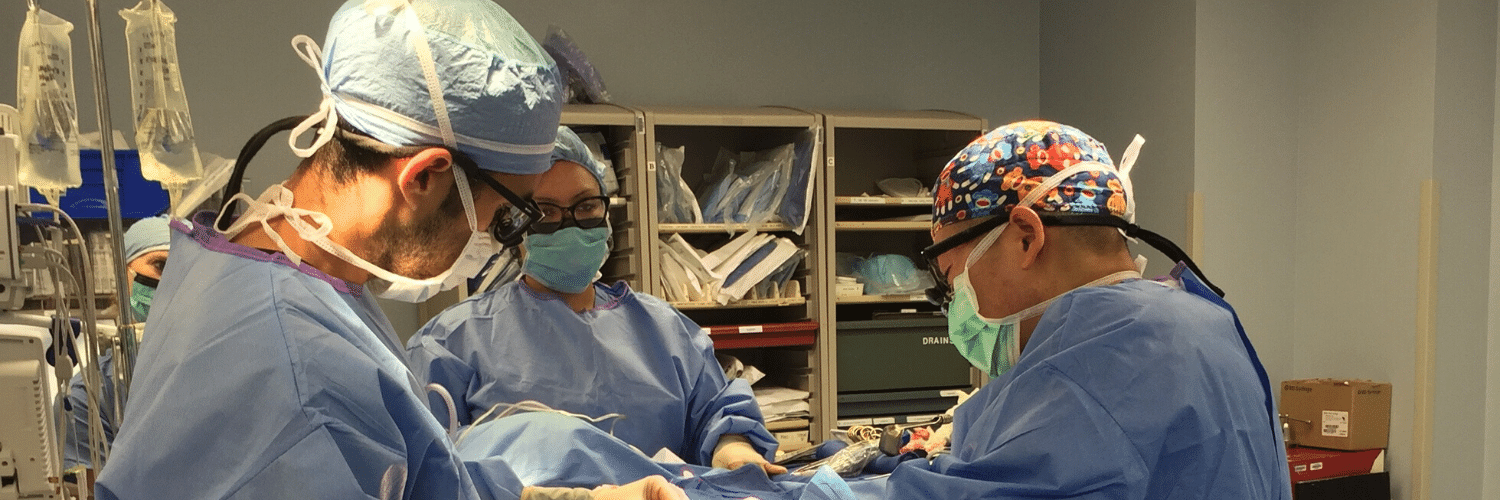
Monitoring the Health of Your Flap During & After Surgery
Monitoring the Health of Your Flap During & After Surgery July 21, 2020 Share on Facebook Twitter Linkedin Autologous flap (or tissue) breast reconstruction procedures represent today’s most advanced options for rebuilding a breast(s) following mastectomy. The most commonly performed method of flap-based reconstruction at PRMA is the DIEP flap. During this procedure, surgeons transplant skin […]
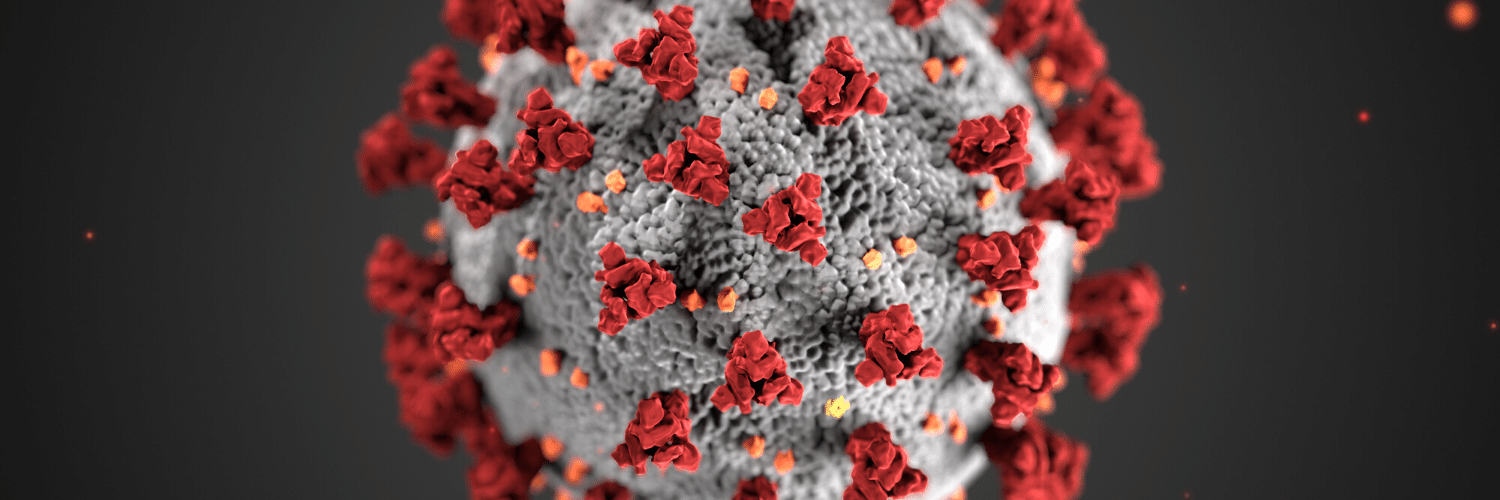
COVID-19 and the Impact on Cancer Patient’s Mortality
COVID-19 and the Impact on Cancer Patient’s Mortality July 21, 2020 Share on Facebook Twitter Linkedin There is still so much we do not know about COVID-19. Likewise, there is little known about how this disease impacts mortality for cancer patients. A study published in The Lancet evaluated and characterized the outcomes of patients with cancer […]

Autologous VS Alloplastic Breast Reconstruction: Patient Reported Satisfaction
Autologous VS Alloplastic Breast Reconstruction: Patient Reported Satisfaction July 21, 2020 Share on Facebook Twitter Linkedin Women who choose to undergo breast reconstruction following a mastectomy have several reconstructive options. Those options can be broken down into two categories – autologous (using your own tissue) and alloplastic (using an implant). Both types of procedures have […]

Dr. Ledoux, BRAVE and Patient Advocate Discuss Breast Reconstruction
Dr. Ledoux, BRAVE and Patient Advocate Discuss Breast Reconstruction July 21, 2020 Share on Facebook Twitter Linkedin Good morning everyone, I am Christine with BRAVE, and I am really excited to introduce our guests today. About a week ago we had Jen Reynolds on as a patient survivor and also the founder of the Pink […]
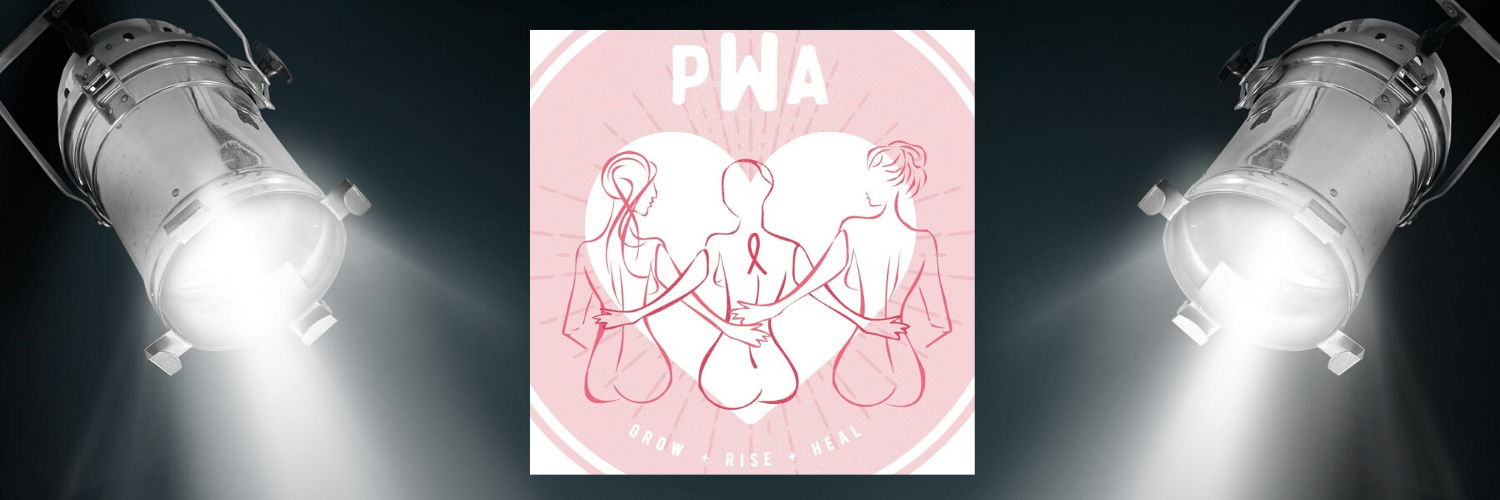
PRMA Support Spotlight: Pink Warrior Advocates
PRMA Support Spotlight: Pink Warrior Advocates July 21, 2020 Share on Facebook Twitter Linkedin Continuing our weekly support spotlight, we are joined with Jen Reynolds from Pink Warrior Advocates (previously known as Pink Warrior Angels-Hill Country). You can catch the replay of our interview here: Can you please tell us more about your organization? Pink […]
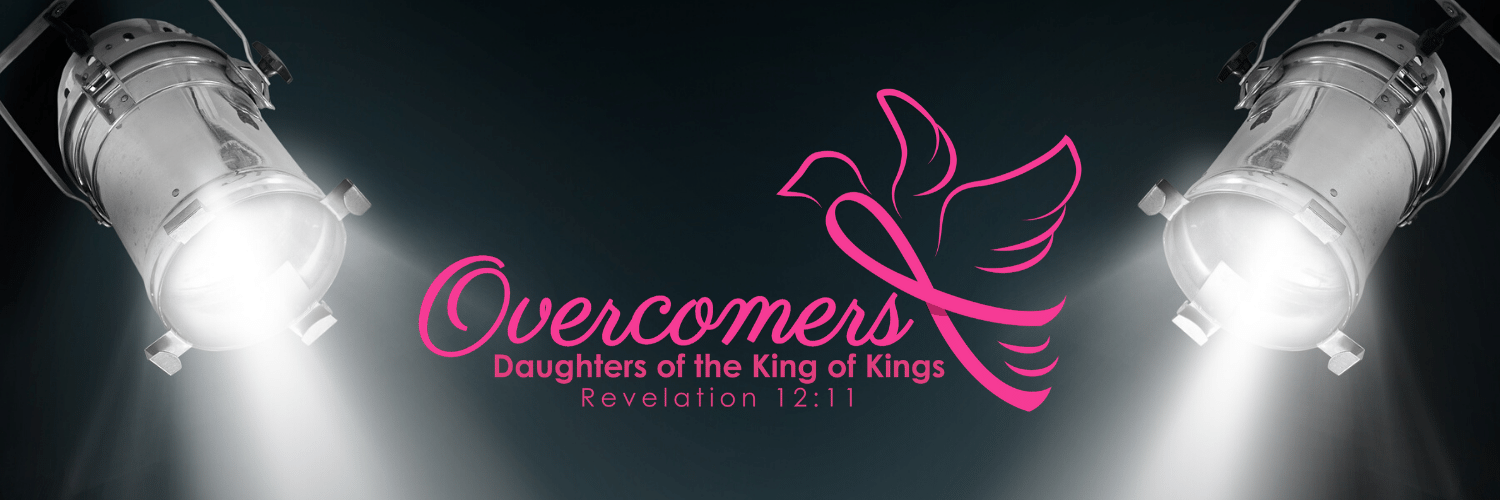
PRMA Support Spotlight: Overcomers
PRMA Support Spotlight: Overcomers July 21, 2020 Share on Facebook Twitter Linkedin We are continuing our weekly support spotlight by featuring the local breast cancer support organization – Overcomers. In this spotlight video we are joined with Genny, a co-founder of Overcomers. What is Overcomers? Overcomers started back in 2015. It was formed for the […]
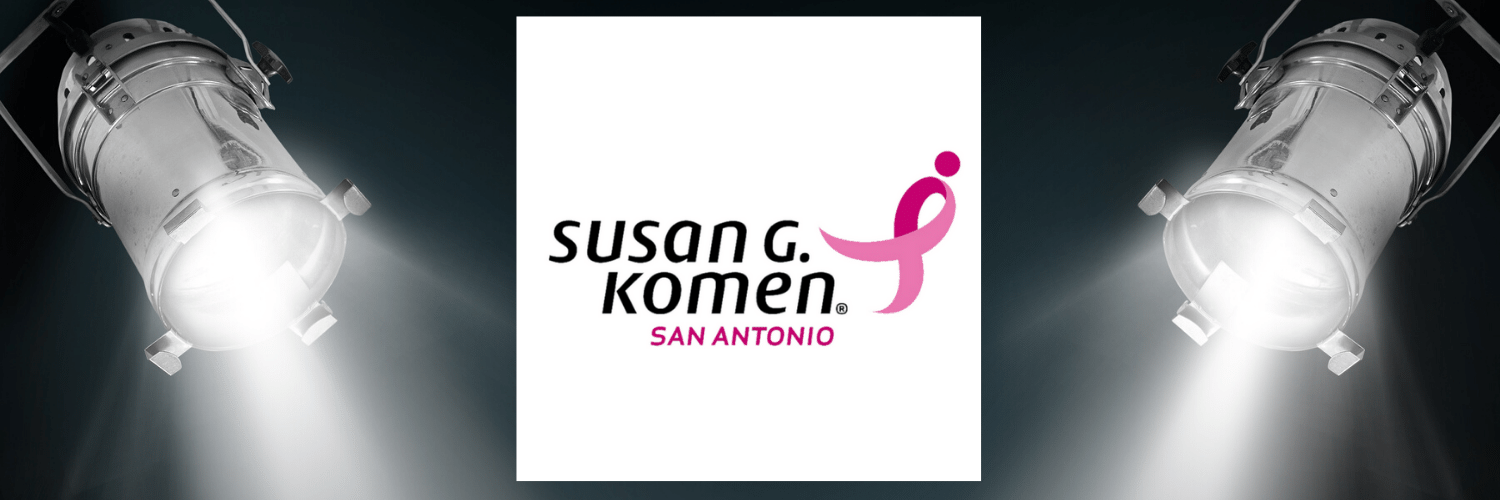
PRMA Support Spotlight: Susan G. Komen – San Antonio
PRMA Support Spotlight: Susan G. Komen – San Antonio July 21, 2020 Share on Facebook Twitter Linkedin For our Support Spotlight this week we are joined by the local Susan G. Komen organization in San Antonio. How did the local chapter of Susan G. Komen get started? Yes, absolutely, I am so happy to be […]
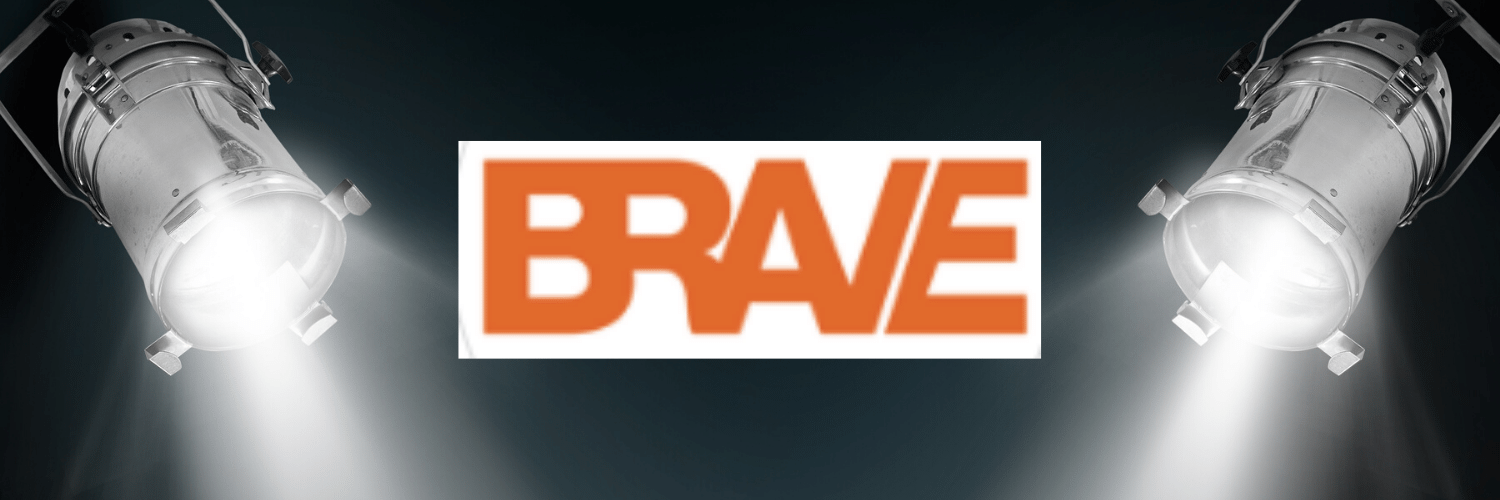
PRMA Support Spotlight: BRAVE Coalition
PRMA Support Spotlight: BRAVE Coalition July 21, 2020 Share on Facebook Twitter Linkedin In continuation on our weekly Support Spotlight, we are honored to spotlight the BRAVE Coalition! In our interview, we were joined with Christine from BRAVE. Catch the replay here! What is the BRAVE Coalition? BRAVE is a 501 (c)(3) it has been […]
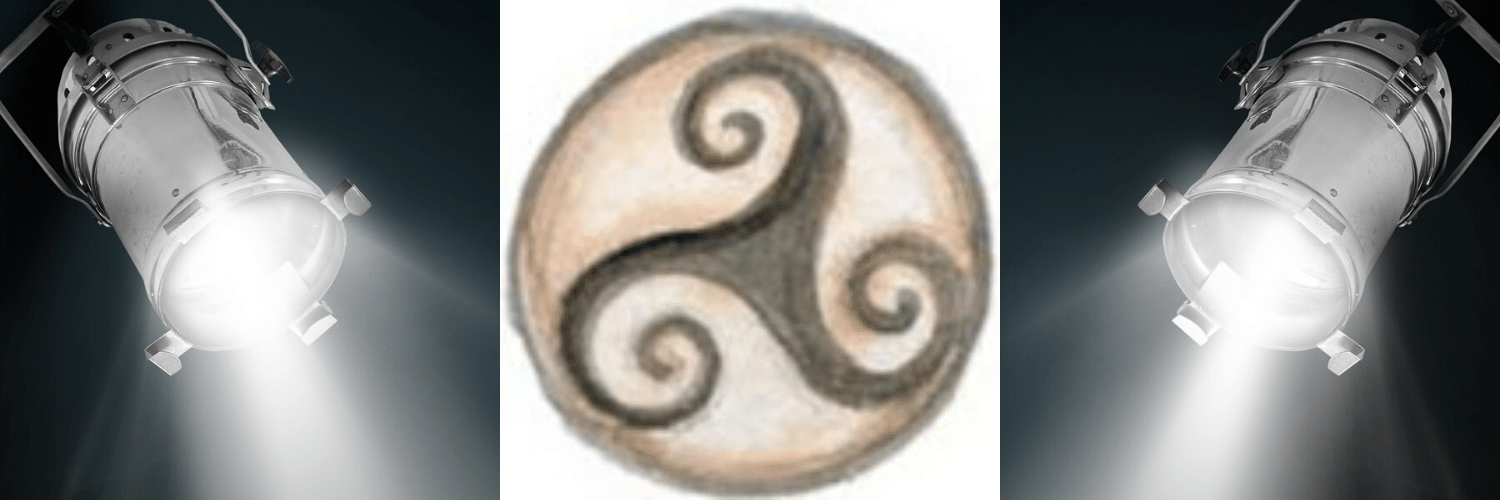
PRMA Support Spotlight: DIEP C Foundation
PRMA Support Spotlight: DIEP C Foundation July 21, 2020 Share on Facebook Twitter Linkedin Today we are honored to spotlight DIEP C Foundation, an amazing organization providing education and resources to empower women and men with information to make an informed decision about options for breast reconstruction after a mastectomy. Can you just kick us of by […]

Numb No More! How PRMA Surgeons Are Restoring Breast Sensation After Mastectomy
Numb No More! How PRMA Surgeons Are Restoring Breast Sensation After Mastectomy July 21, 2020 Share on Facebook Twitter Linkedin Catch the replay of Dr. Chrysopoulo discussing sensory nerve reconstruction and how PRMA surgeons help to restore sensation back to a reconstructed breast following a mastectomy. Can you explain to what causes the loss of sensation to […]


No Comments